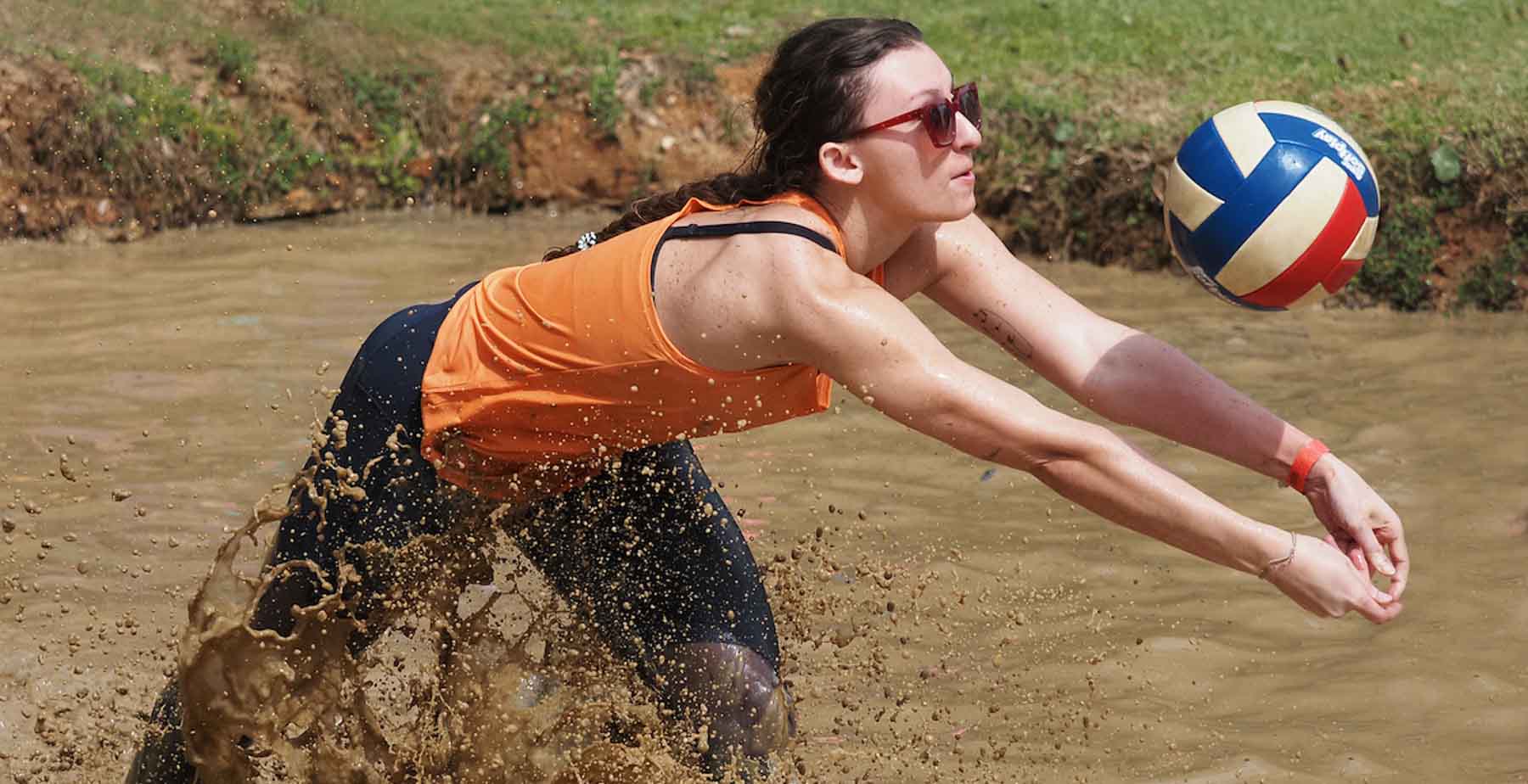JagSat-1 Satellite Launched on SpaceX Rocket
Posted on July 15, 2022
After six years of work, five weeks of delays and one final crisis, University of South Alabama engineering students and professors celebrated the Thursday night launch of a SpaceX rocket carrying the JagSat-1 satellite.
They cheered and shouted during a Zoom video conference.
“There it goes!”
“Stage 2!”
“We’re in orbit!”
More than a dozen engineering students and graduates joined Dr. Edmund Spencer and Dr. Samuel Russ, associate professors of electrical engineering and primary investigators for the satellite project. The Zoom session turned into a pep rally for JagSat-1 and a project reunion for everyone who worked on it.
“I’m thrilled to see you guys,” Russ said. “I’m proud of all of you.”
The students laughed, joked and shared the satisfaction of a successful launch.
“I’m tearing up a little,” said Darcey D’Amato, a 2021 South grad who now works for the aerospace division of Boeing in Seattle. “Our little guy’s in space.”
JagSat-1 is a cube satellite, roughly 4-by-4-by-8 inches, which weighs less than 5 pounds. After being launched from Cape Canaveral, Florida, it is part of payload headed for the International Space Station, where it will be placed into low orbit 200 miles above the surface of Earth.
On Aug. 8, the satellite should begin transmitting data from a sensor designed by Spencer to measure free electron density in the near-vacuum of space.
JagSat-1 could circle the Earth for as long as two years, depending on how quickly its orbit decays. It will travel at 17,000 miles per hour and orbit the planet every 90 minutes.
For six years, South engineers worked to identify and solve problems related to everything from communication relays to circuit boards and solar panels. Then, just last month, they learned of a new challenge.
To receive information from the satellite, professors had planned to use a ground station at the University of Colorado, but they were informed by NASA that this uplink would have to be on South’s campus. This meant working with the University’s Facilities Management department to build a 20-foot antenna on the roof of Shelby Hall.
Russ told Ruthie Hill, a software developer and 2021 South graduate, that they were using old ground station plans that she had helped create.
“That’s really cool,” she said. “I’m glad it was still lying there for you to pick up.”
Everyone laughed when she told a story about knocking over a clamp in the lab where JagSat-1 was being assembled.
“Dr. Spencer said, ‘Please don’t tell me that you broke something,’” Hill said. “I can still hear his voice.”
The SpaceX launch was originally scheduled for June. South professors planned to travel to the Florida for the big event. Bad weather canceled that launch. Then there were technical issues and further delays.
Finally, SpaceX and JagSat-1 took flight.
Working on the satellite project offered South students real-world experience with the unexpected problems and practical solutions that come with any engineering project. Deadlines loom over everything. Plans change and situations evolve.
Matt Byers, a summer intern at South, is still a newcomer to the satellite program, but he was part of the NASA drama.
“I was in on the call where we learned that we had to build this ground station,” he said. “Everyone was dumbstruck. Then it was just, OK, we’re going to do this now, once we got over the panic.”
Before the Thursday night launch, South engineering grads shared career plans and inside jokes about corporate acronyms and classified projects. Lots of them had ordered pizza for the evening. Those who worked in the early years of JagSat had questions about how different design problems were resolved.
Three South graduates – Colin Campbell, Thanh Dang and Drew Russ, Dr. Russ’ son -- watched the launch from a conference room outside Seattle. They do low-orbit satellite work for a start-up company called Xplore.
Near the end of the hour-long Zoom conference, students offered congratulations and promised to stay in touch. Some offered help on the Shelby Hall antenna, which is still weeks from completion. On Aug. 8, JagSat-1 will begin doing its job.
“Thank you all for your contributions,” Spencer told his students and former students. “We’ll be talking to you later when we have some data.”
When students asked Russ what comes next, he had a ready answer.
“We keep going,” he said. “We’ll start designing JagSat-2 this fall.”





